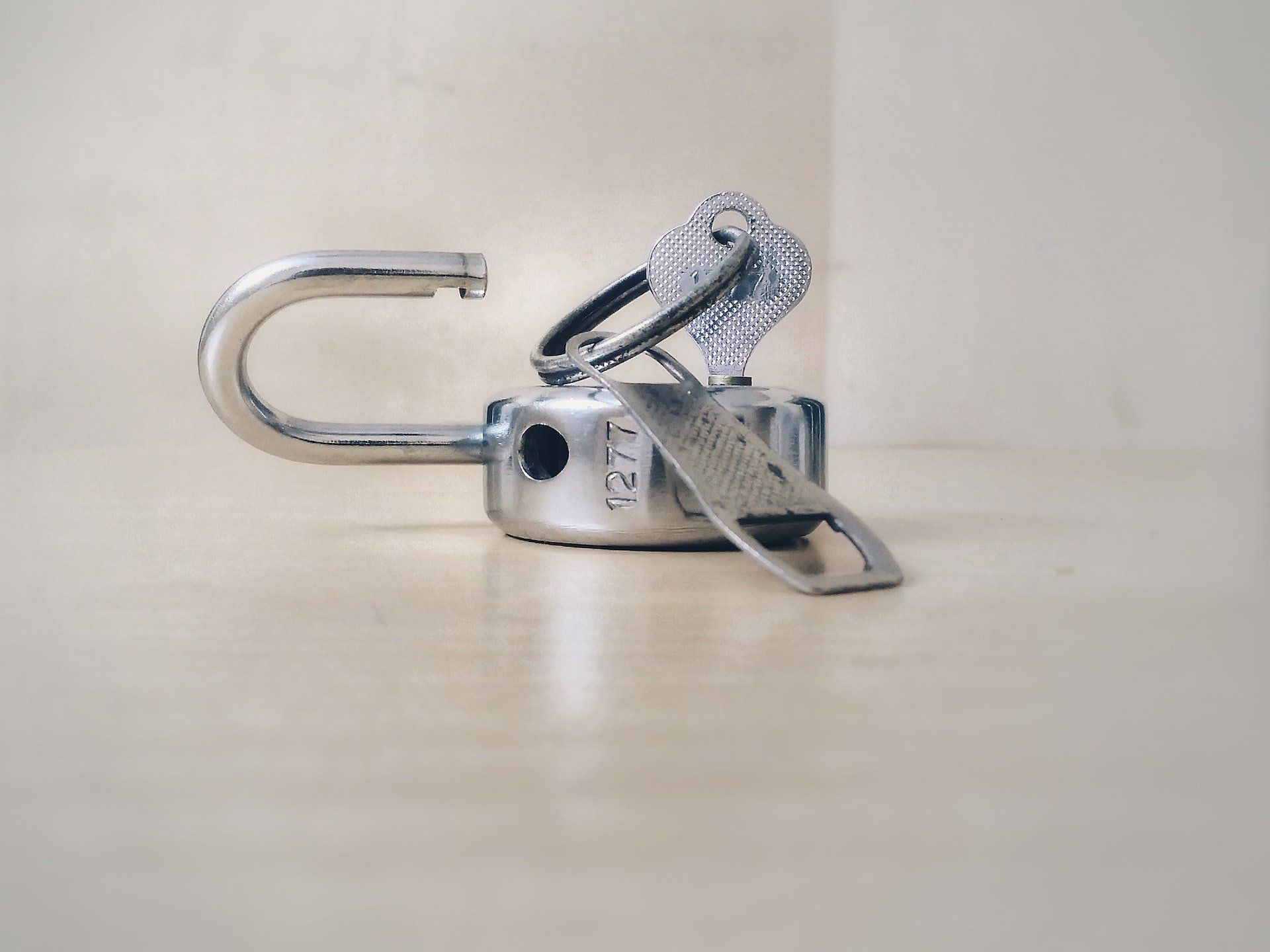Porn's Impact on the Brain
The impact of porn on the brain is significant and lasting. While some argue that viewing porn is harmless and those who complain about its use are old-fashioned and closed-minded, neuroscience provides important information to the contrary. This is particularly true for adolescents whose brains are still developing. Consider this:
Exposure to porn and brain development.
With advances in neuroscience we now understand factors influencing brain development as never before. Several neurotransmitters are involved in arousal and orgasm. For example, dopamine is key to brain functions such as movement, motivation, reward, punishment, and learning. Due to dopamine’s key role in how pleasure is experienced, it is linked to addiction. Drugs, such as cocaine, target the dopamine system and result in huge releases of dopamine—which leads to feeling “high.” Even the anticipation of ingesting cocaine results in a release of dopamine. As the pattern of seeking, ingesting, and experiencing the high associated with cocaine use continues neural pathways are formed that are easily reactivated as the individual becomes increasingly addicted.
The same neuro-chemical processes are at work in the use of pornography. As images are viewed arousal occurs. That is, dopamine is beginning to be released and pleasure, or the anticipation of pleasure, is experienced.
This also helps explain why sexual images and memories are so problematic for addicts. One of the reasons an orgasm feels so good is that large amounts of those chemicals are released into the brain. This reinforces the growing neural networks and wires the brain to seek more of this pleasurable experience. To do this, the memory of the pornographic image, or the sexual experience, is moved from short-term memory to long-term memory. This allows for “euphoric recall.” Such recall is remembering and reliving a fantasy that has provided pleasure but conveniently forgetting the negative impact. This recall encourages the brain to continue to look for more of the kind of images and experiences that will result in another “fix.”
When I was an adolescent pornography was less accessible. Friends, siblings, or parents were the source of print material or awkward films that demanded a projector. In today’s digital world teens and children have easy access to harder, more explicit forms of porn from the privacy of a home computer, notepad, or smart phone. Sabina, Wolak, and Finkelor noted that 93% of boys and 62% of girls were exposed to online pornography during adolescence. According to this study, “boys were more likely to be exposed at an earlier age, to see more images, [and] to see more extreme images (e.g., rape, child pornography).” For the still developing adolescent brain this is like an injection of crack cocaine and the result is a brain that is “wired” to seek more of the dopamine associated with viewing porn.
How porn robs users of pleasure
The odd thing about chronic pornography users is that they generally began using porn as a result of the pleasure it brought them (dopamine’s role as discussed above). With continued use however, pleasure diminishes. The trap of pornography is that pleasure becomes an elusive prize. The more the user searches for pleasure, the less he/she finds it. Here’s why:
The repeated high doses of the “chemical bath” associated with orgasm result in the brain’s inability to process and enjoy those chemicals at the same level it so desperately craves. What was once like a jolt of electricity surging through the central nervous system is reduced to a point it is no longer satisfying. Addicts often report symptoms of depression, relational problems, and a general sense of the joy of life having been lost. Even MDs are now recognizing that excessive porn use can lead to what is called, Porn Induced Erectile Dysfunction (PIED). Why? Because the natural balance and function of the brain’s neurochemicals have been replaced by frantic search for another “fix.”
Some refer to sex addiction as the ultimate attention deficit disorder (ADD). Like ADD, the addict is continually scanning and searching for a new and novel experience. One way this search for new and novel experience plays out in the lives of users is that their search leads them to web sites and areas that they would normally have no interest in. For example, some who consider themselves straight and traditional in their sexual preferences will find themselves looking at gay porn or sado/masochistic websites in an effort to discover something new. It is the brain’s search for novelty, and for a chemical fix that leads the person to such sites.
This, coupled with the fact that the high resolution video often available in today’s Internet porn is more graphic and more violent than what was available even a few years ago, leads the user deeper and deeper into the trap of seeking a novel experience. The overall result is like the preverbal “carrot on a stick.” The satisfaction one seeks is always just out of reach and so the efforts to capture the experience continue on and on.
What to do
So, what do we do in response to this? One of most important things to do is to work to protect the minds of our youth, that is, to prevent this problem in the first place. If the statistics are correct, and 93% of boys and 62% of girls will be exposed to pornographic images during adolescence we need to be having the tough conversations with our children about the impact porn. Helpful information is available (for example, check out Amy O’Leary’s article “How to Talk to Your Kids About Pornography” at http://www.nytimes.com/interactive/2012/05/10/garden/porn-intro.html ).
Also, be sure to check out our recommendations for parents in the Books & Resource section.
Another way to help is to make pornography a safe topic to discuss at home. Rather than go into “panic mode” if evidence of pornography’s use appears in the computer’s history, find a way to talk about it without over-reacting. Make protection from porn’s negative impact a family decision. Filtering software should be installed on all computers and mobile devices. Discussions should be conducted to ensure that children and adolescents know the filters were installed for the protection of the whole family as opposed to being punitive. Again, make it safe to talk about these topics.
Another thing to consider is that adults often need to “unlearn” old habits. Our minds are wonderfully powerful instruments of learning. Unfortunately, we sometimes learn the wrong things, like the ability to drift off into sexual fantasy to avoid a stressful situation.
It is easier to replace faulty thinking than it is to stop faulty thinking. Here’s what I mean by this. The person struggling with addiction will often tell themselves, and others, not to think about inappropriate things. That is, don’t fantasize about another person or sexual situation. A much more effective approach is to catch one’s self thinking something inappropriate and replace that thought with something more appropriate.
This is similar to the old adage of telling a person not to think about the pink elephant in the room. The more you try to not think about the elephant the more you do think about he elephant.
The same holds true for lustful thoughts. Change your thinking just as you would change the channel if you were watching TV. Think about your spouse, your children, a project at work, the plot of a good movie or book, or any of a number of other healthy appropriate topics. The longer and more frequently you stop your fantasy and replace it with something appropriate, the less power that pattern of thinking will have over you.
We’ve covered a lot in this post…all the way from neurotransmitters such as dopamine and brain function to protection of your family from the impact of unwanted porn. The brain is a powerful and wonderful instrument. Use it wisely and protect it. It has the potential of being one of your greatest allies in the battle for effective and healthy living.
Tim Barber LPCC-S, CSAT-S
Join the Conversation
Recent Posts
NAVIGATION
REACH US
WE ARE ENDORSED BY
All Rights Reserved | Counseling Alliance


